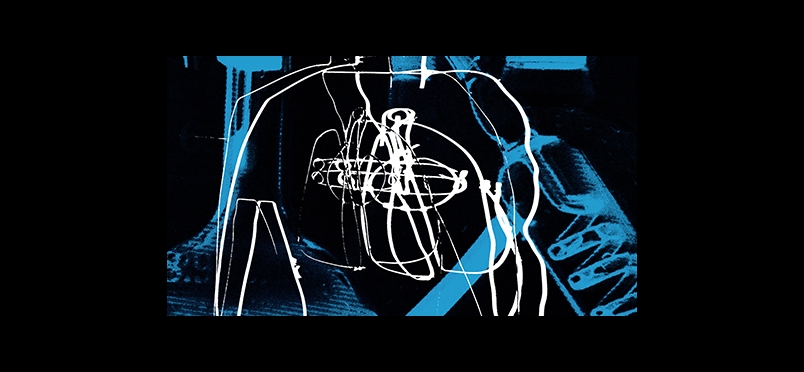| chronic pain
Do Imaging Results Affect Pain Management Decisions?

PET/MRI to Identify Sites of Inflammation and Pain
An abstract (399) from the Journal of Nuclear Medicine.
Objectives: The goal of this work is to develop a clinical [18F]FDG PET/MRI method to accurately localize sites of increased inflammation related to sources of pain. The aims are to 1) determine whether imaging findings correlate with location of pain, and to 2) determine whether the imaging results affect management decisions.
Results: Focal increased uptake of [18F]FDG in affected nerves and muscle (approximately 2-4 times more than background tissue) were identified in 58 of 65 patients at the site of pain and other areas of the body (SUVmax of lesions from 0.9 to 4.2 vs. SUVmax of background from 0.2 to 1.2. A modification in the management plan was needed based on imaging findings: 13/65 no change, 16/65 mild modification (e.g. additional diagnostic test) and 36/65 significant modification (e.g. new invasive procedure suggested or ordered). For example, PET/MR imaging helped to direct treatment of a patient with occipital neuralgia, leading to relief from the pain (Figure 1), as well as release of a fibrotic plantaris muscle causing foot pain, and placement of blood patches to treat cerebrospinal fluid leaks.
Conclusions: Our data suggest that [18F]FDG PET/MRI can identify hypermetabolic or inflammatory abnormalities in patients suffering from neuropathic pain. New management plans have been implemented in 40 out of 65 patients (62%), which had not been anticipated by the referring physician. Further following up with a large cohort of patients should be conducted to establish the effectiveness of [18F]FDG PET/MRI to guide interventions for relieving pain.
Read the article.
Access the full abstract.
Other Categories:
Did you enjoy this article?
Subscribe to the PAINWeek Newsletter
and get our latest articles and more direct to your inbox

